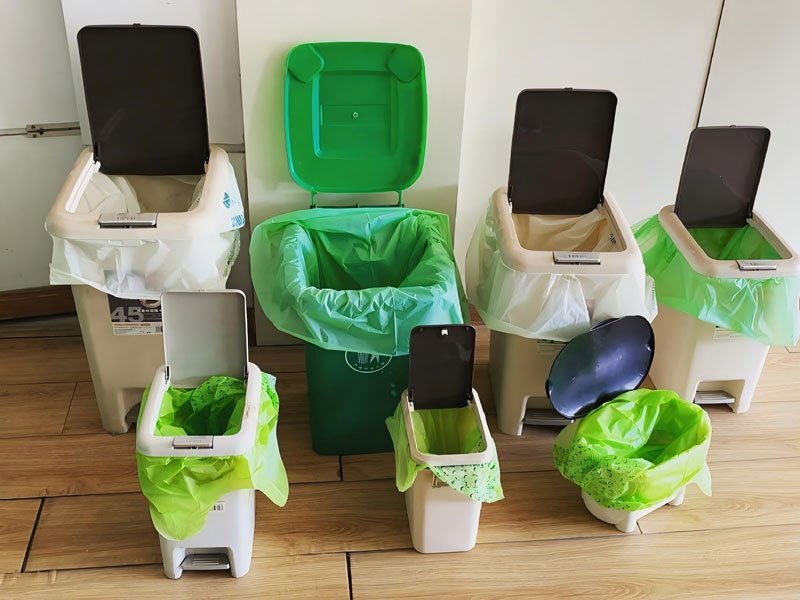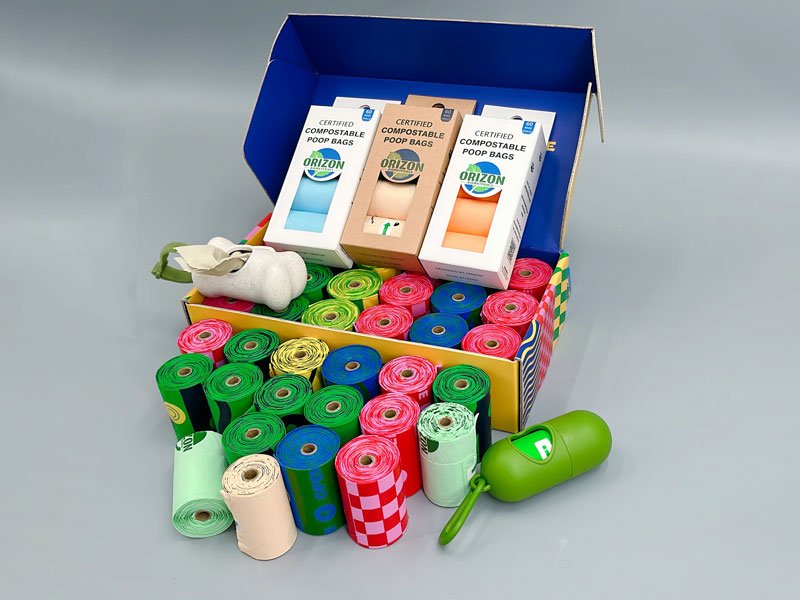Plastic pollution has seriously affected the marine ecology, and many companies and environmental enthusiasts are looking for alternative products. Polylactic acid (or PLA) is often seen as an environmentally friendly alternative material because it is extracted from plants and is biodegradable. But is PLA really sustainable? Does it have hidden pitfalls?
In this article, we will take a deep look at what PLA is, is PLA environmentally friendly, its limitations, how it compares to traditional plastics, and practical tips for using it responsibly. Let's get started.
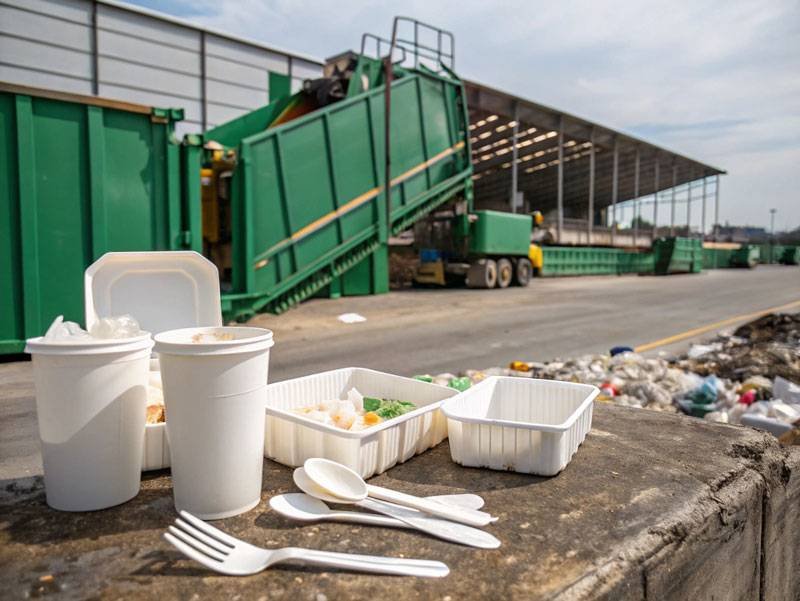 plastic pollution crisis demands solutions
plastic pollution crisis demands solutions
What is PLA (Polylactic Acid)?
PLA, or polylactic acid (PLA), comes from plants and is a bioplastic that comes from renewable resources such as corn, sugar cane, or cassava. Plants contain starch, which is converted into sugars and then fermented into lactic acid. Lactic acid is used to make PLA resin.
Unlike traditional plastics, this sounds like an ideal product for environmentalists. We have seen PLA in our daily products, such as compostable coffee cups, straws, food packaging, and even 3D printing consumables.
Environmental Benefits of PLA
Made from renewable resources
Unlike petroleum-based plastics like PET or polyethylene, PLA is derived from crops that are renewable annually. Corn and sugar cane are abundant, reducing reliance on non-renewable fossil fuels.
Biodegradable and compostable
PLA decomposes naturally. In industrial composting facilities where temperature, moisture, and microorganisms are strictly controlled, PLA can decompose in as little as six months. This is in stark contrast to traditional plastics, which can take hundreds of years to decompose completely. A 2020 study in the journal Environmental Science & Technology found that PLA can degrade up to 90% in 180 days in an industrial composting environment.
Lower carbon footprint
The production of PLA generally emits less carbon dioxide than traditional plastics. A life cycle analysis from Utrecht University showed that the production of PLA produces about 50% less carbon dioxide than PET plastic. Consider that greenhouse gas emissions are the main driver of climate change. By choosing PLA, manufacturers can reduce their carbon emissions and move toward a cleaner future.
Non-toxic decomposition
When PLA degrades under the right conditions, it breaks down into water, carbon dioxide, and organic matter, leaving no toxic residues. Compared to plastics that release harmful chemicals when they decompose, PLA is safer for the environment.
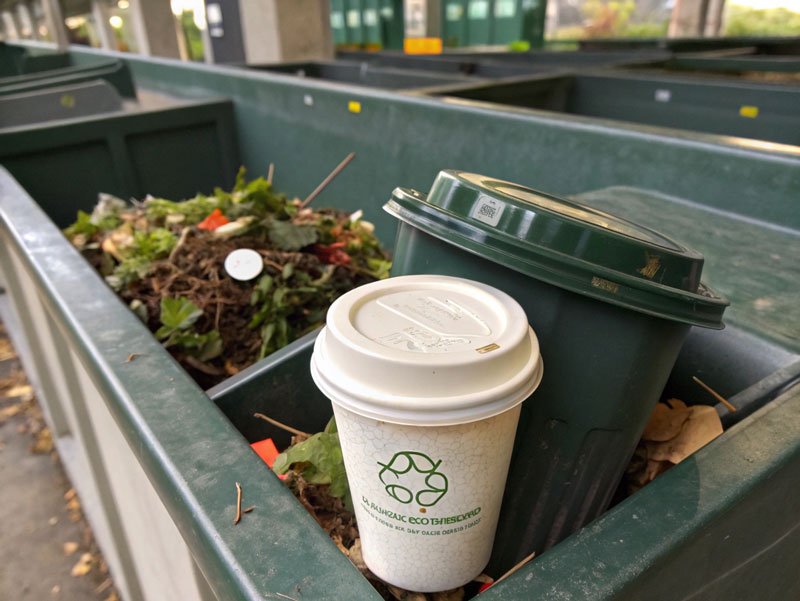 PLA coffee cup lid
PLA coffee cup lid
PLA vs Traditional Plastic: What’s the Difference?
| eature | PLA | Traditional Plastic |
|---|---|---|
| Raw Material | Plants (renewable) | Petroleum (non-renewable) |
| Biodegradable | ✅ In composting | ❌ No |
| Compostable | ✅ Industrial only | ❌ No |
| Recyclable | ⚠️ Limited | ✅ Widely (but not always practiced) |
| Breaks Down Naturally | ❌ In nature, no | ❌ No |
Traditional plastics can take hundreds of years to degrade. They often break into microplastics, which harm animals and enter the food chain.
PLA, on the other hand, breaks down into natural elements without leaving toxic residue, but only in the right conditions.
Practical Considerations for Using PLA
When to choose PLA
PLA is great for single-use items like cups, cutlery or packaging in an industrially compostable environment. PLA shines at events or cafes with composting programs. It’s also great for 3D printing because it’s safe and easy to use. If you’re a business, using PLA can help you promote your brand’s green image and attract environmentally conscious customers.
How to dispose of PLA
Proper disposal is key to PLA’s environmental benefits. Check to see if there are industrial composting facilities in your area—many cities now offer these services. Look for labels like “BPI Certified Compostable” on PLA products to make sure they meet composting standards. If composting isn’t possible, try to find a specialized recycling program, although these are rare. Avoid throwing PLA material in the regular trash or recycling bin, as it could contaminate streams or end up in landfills.
What consumers should be aware of
Verify certification: Avoid “greenwashing” by choosing PLA products with clear compostability certification.
Consult local facilities: Contact your local waste management department to learn about composting options.
Spread awareness: Educate friends and family about the proper disposal of PLA to maximize its benefits.
Tips for businesses
Communicate clearly: If you use PLA packaging, tell customers how to dispose of it (e.g., through signs or packaging labels).
Partner with a composter: Work with a local composting facility to ensure your PLA waste is properly handled.
Emphasize sustainability: Use PLA as part of your marketing to attract environmentally conscious consumers, but be honest about its limitations.
PLA can be used with caution to reduce its environmental impact. But it’s not a panacea—a proper disposal system is essential.

Is PLA Better Than Plastic?
PLA is better than plastic in the right conditions. If composting facilities are available, PLA is a great choice. But if it ends up in landfills or oceans, it may not break down any faster than regular plastic.
In short:
| Question | Answer |
|---|---|
| Is PLA biodegradable? | ✅ Yes, but only under specific conditions |
| Is PLA compostable at home? | ❌ No |
| Does PLA break down in landfills? | ❌ Not effectively |
| Is PLA a good alternative to plastic? | ✅ Sometimes, if used and disposed properly |
Global Certifications for PLA Sustainability
| Certification | Region | What It Means |
|---|---|---|
| BPI (ASTM D6400) | USA | Meets U.S. compostability standards |
| EN13432 | EU | Compostable in industrial facilities |
| TÜV OK Compost Home | EU | Safe for home compost bins |
| AS4736 / AS5810 | Australia | Valid for compostable plastics |
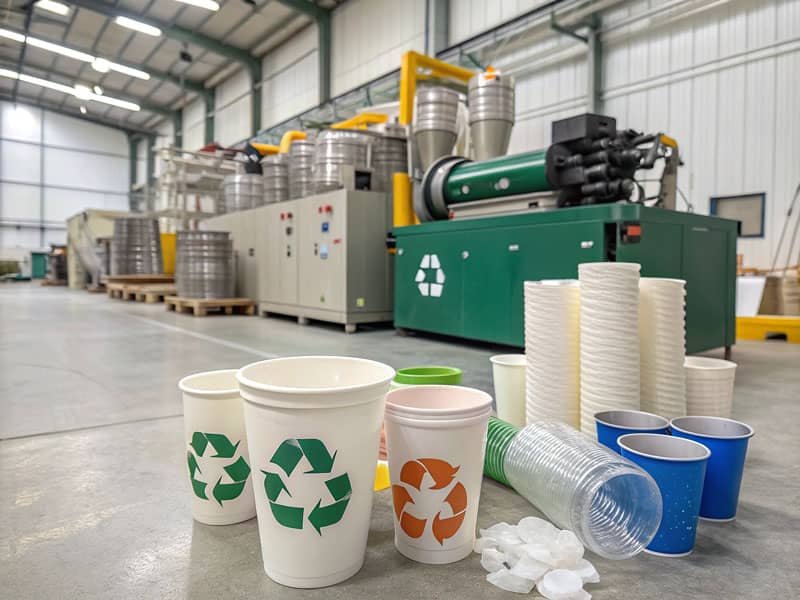
How to Properly Dispose of PLA?
Most cities will not accept PLA in regular recycling bins or home compost bins. So, what should you do?
Check to see if your city has industrial composting facilities. Some areas will collect compostable plastics.
Check with your waste management company to find out how to dispose of PLA.
If there are no composting facilities, avoid PLA for now and choose recyclable materials instead.
When is PLA the Best Choice?
| PLA is best for: | PLA is not suitable for: |
|---|---|
| Short-term use products, such as food packaging, cups, trash bags | Long-term use products (because it degrades in heat or humidity) |
| Locations with composting systems | Locations without composting infrastructure |
| Businesses looking to reduce their use of fossil fuels | Mixed with other plastics (due to contamination risks) |
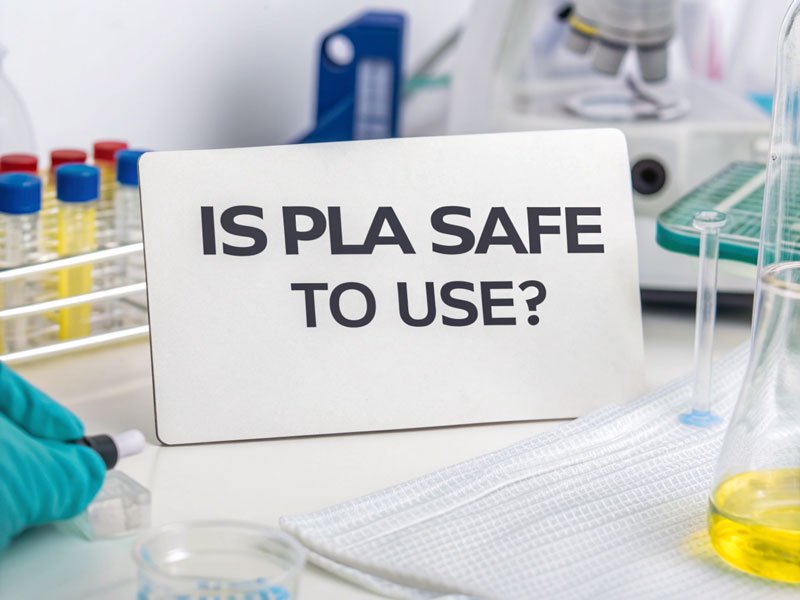
FAQ
Is PLA fully biodegradable?
Yes, but only in industrial composting facilities under high temperatures and controlled conditions. In landfills or home compost bins, PLA degrades slowly or not at all.
Can I compost PLA at home?
Unfortunately, no. Most home compost bins cannot reach the temperatures required for PLA to decompose. You need an industrial facility.
Is PLA environmentally friendly to produce?
The answer is mixed. PLA uses renewable crops, which is great, but growing and producing it uses energy and resources, sometimes on par with traditional plastics.
How does PLA compare to traditional plastics in terms of sustainability?
PLA is more sustainable if composted, due to its biodegradability and low emissions. However, traditional plastics like PET are easier to recycle in many areas.
Conclusion
Is PLA environmentally friendly? The answer is: It depends. PLA has the advantages of being renewable, biodegradable, and having a low carbon footprint. But its environmental friendliness depends on proper disposal, especially in industrial composting facilities. Without these facilities, PLA will end up in landfills or oceans like ordinary plastics. Its production also raises concerns about land use and energy.
If you can participate in a composting program, PLA is a great choice to reduce waste. For consumers, look for certified compostable products and check local disposal options. For businesses, PLA can enhance your sustainability efforts.


